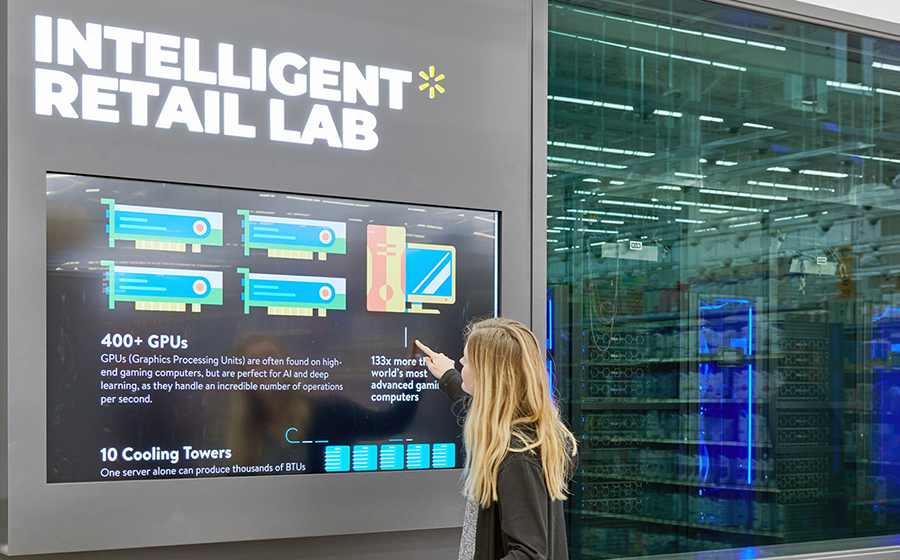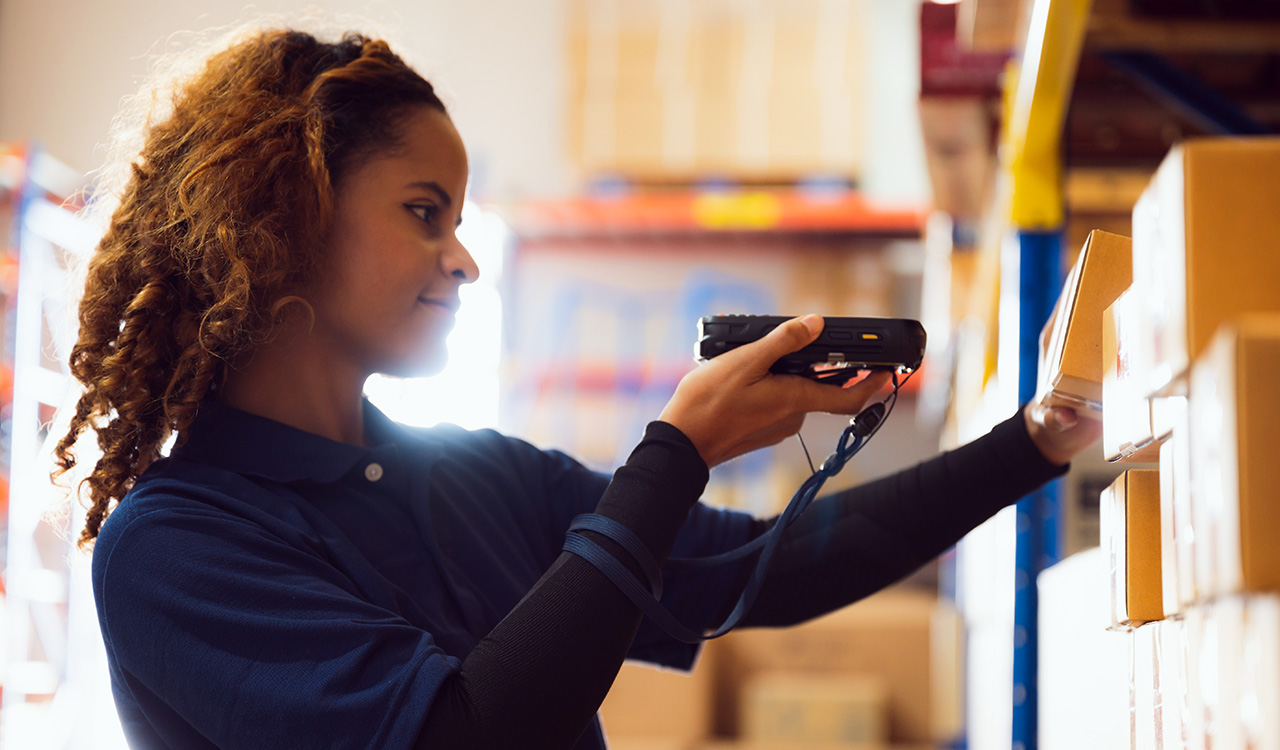For sure, Amazon took all the oxygen out of the room and the breath away from the entire retail industry. And it continues … except for one retailer. As it turns out, Amazon was but a tweak in the nose of the behemoth from Arkansas. But that\’s all it took. Like all of the Avengers combined, the roughly three-quarters of a trillion-dollar force, with CEO Doug McMillon at the helm, is crushing Amazon on the ground. And Walmart will just continue to accelerate, widening the gap to the point where Amazon will never catch up in the physical world where Walmart, with 50 years of experience, reigns supreme.
Revolutionizing Retail
While Amazon is struggling to get Whole Foods right, and has been piddling around opening book stores, tiptoeing into other physical formats and believing they will revolutionize shopping in the physical world with its Go stores, Walmart is at the tipping point of exponentially revolutionizing the world of physical shopping. They have injected a sophisticated AI and machine learning process into a 50,000 square-foot grocery store in Levittown New York. It\’s called the \”IRL,\” or Intelligent Retail Lab. AI is becoming the price of entry in \”personalization\” and more broadly in marketing and inventory optimization, but very little has been done within physical stores to explore and discover the full potential of enhancing the shopping experience.
Walmart\’s Intelligent Retail Lab will lead the way into the future of physical retailing. When Walmart spreads the findings of its IRL initiative across its vast enterprise, Amazon\’s little cashier-less Go Stores will be remembered as a \”tech-lite\” failure. Going cashier-less is no big deal. Rather what Walmart will learn from IRL and then deploy across its 4800-store fleet is a really, really big deal. And Amazon will never be able to catch up because they have such a tiny footprint in the brick-and-mortar space. Amazon\’s brief physical retail experience is not even a close match to the 50 years of Walmart\’s evolution, which has made it the largest retailer in the world. Let\’s face it, no amount of money can buy that experience. And finally, have you ever seen how fast a behemoth can move? That\’s Walmart today, blowing up the old models, learning, testing, implementing or failing fast, then repeating the process all over again. They are radically transforming by embedding technology strategically and structurally across their entire value chain.
IRL Transformation
The IRL is a huge initiative in Walmart\’s rapid-fire, disruptive cycle. The lab is located in one of Walmart\’s high-traffic neighborhood market grocery stores, housing 30,000 items. The technology that analyzes everything in that store consists of AI-enabled cameras, sensors, interactive displays and an enormous data center. How enormous? Try getting your mind around being able to process 1.6 TB of data per second. Yes, per second, which is equivalent to downloading three years\’ worth of music (27,000 hours every second). The hardware is connected by enough cabling to scale Mt. Everest five times.
So, what are they measuring that can be expanded throughout their 4800 stores in the U.S.? First, the tracking process will build a gigantic database, to analyze specific opportunities to provide a much better shopping experience.
One great opportunity lies in inventory optimization with \”never an empty shelf.\” For example, the IRL technology will immediately identify when a package of meat is picked off the shelf and automatically trigger out-of-stock notifications to an internal app alerting staff of the need for restocking, (even specifying the package weight of the meat selection). The technology also advises when perishable goods are past suggested consumption date. Since associates no longer need to continually check for low inventory, they can spend more of their time engaging and helping customers.
Whoa!! How many times have we said the most important link in the physical value chain, providing enormous competitive advantage over e-commerce, is the human link that engages the consumer at POS — the associate. So, while I\’m at it, cashier-less and associate-less Go stores tout the exact opposite. That may be okay for convenience store commodity products, but not scalable if they ever want to play in Walmart\’s league.
Smart Stores
Walmart\’s IRL will also deliver a much larger, long-term machine-learning outcome. AI can create a more efficient, seamlessly integrated, demand- driven supply chain vs. the inefficient, forecast-driven model of the past. Inventory optimization is another benefit. The end result for consumers is that they will find what they want, when they want it and for a price that meets their value expectations. The end result for Walmart: lower costs, increased margins and higher product turnover.
Other applications track practical solutions that keep the store running smoothly, such as making sure shopping carts are available and registers are open. All of IRL\’s technology, its giant servers, AI cameras, etc., are all on display for somewhat of a surreal experience for the consumer. There is also an entertaining interactive wall that mimics shoppers as they walk by.
Several information stations are available for customers to learn more about the technology, as well as a Welcome Center for customers who want to learn more about the technical specifications.
Mike Hanrahan, the CEO of IRL said, \”Technology enables us to understand so much more – in real time – about our business. When you combine all the information we\’re gathering in IRL with Walmart\’s 50-plus years of expertise in running stores, you can create really powerful experiences that improve the lives of both our customers and associates. You can\’t be overly enamored with the shiny object element of AI. There are a lot of shiny objects out there that are doing things we think are unrealistic to scale and probably, long-term, not beneficial for the consumer.\”
Do you think he was referring to Amazon Go? You betcha! As I have said from the very beginning of the rise of e-commerce, pioneered by Amazon, the unique advantage that the brick-and-mortar world has, is, well…brick-and- mortar stores. They can compete in both the digital and physical worlds with the immediate synergy of integrating online and off, including adding compelling experiences in store. So, two traffic building results: BOPIS and a rewarding real-world shopping environment, both of which the digital pure-plays can\’t replicate.
And this is why I predicted from the very beginning that the digital pure plays, including Amazon, would have to open brick-and-mortar stores (which they are doing). I also said that the legacy physical world would find it easier and quicker to move into e-commerce than it would be for the e-commerce players to move into the physical world.
We are seeing that play out with the two biggest forces in the global world of retailing. But mark my words, Walmart is moving faster and smarter.
I will sign off by repeating the closing paragraph of an article I posted on August 9, 2016.
\”Amen Amazon. That light you may see at the end of whatever tunnel you happen to be in is a train called Walmart/Jet.com. And it\’s accelerating in speed to smack you head on with the force of what has always been the \”behemoth of Bentonville,\” which has decided they are going to continue to dominate the retail space in the 21st century.\”
Shake in your boots, Jeff.




